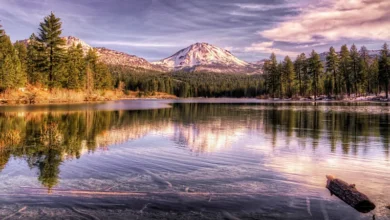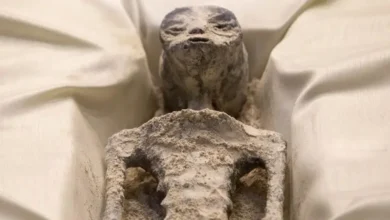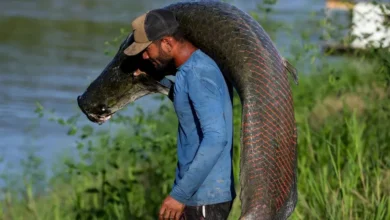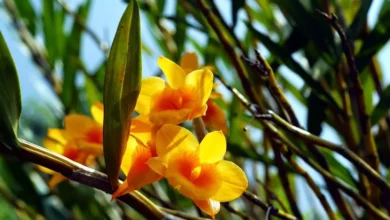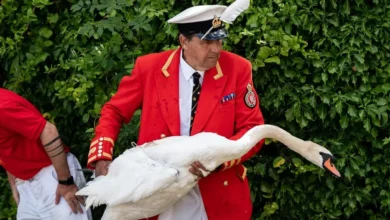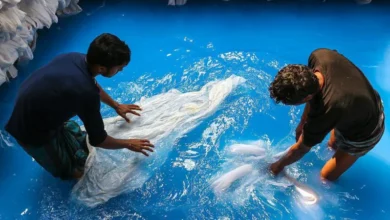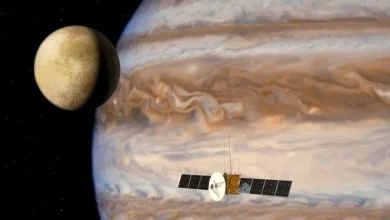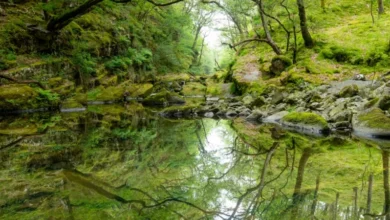Leonid meteor shower: When, where and how to catch a glimpse of the shooting stars
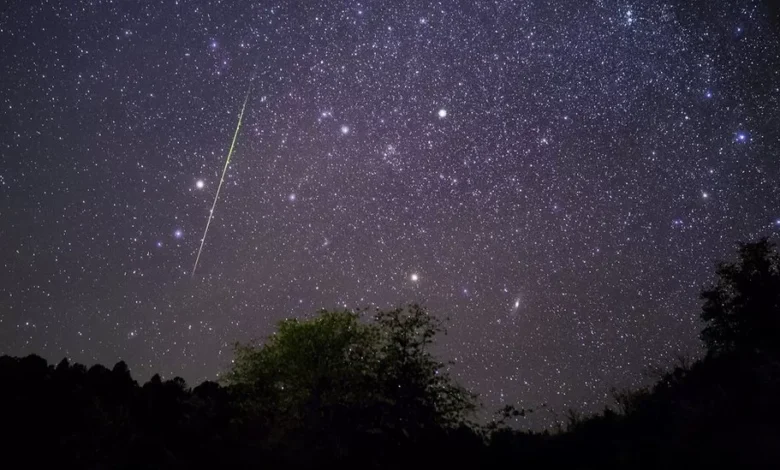
The Leonids – one of the most prolific annual meteor showers – will be streaking across UK skies in the early hours of Saturday and Sunday.
Characterised by fast, bright meteors, the best time to see it at its peak will be between midnight and dawn.
They can be seen with the naked eye, though check the weather where you are as it will affect visibility.
The Leonids are so-called because they appear to originate from the constellation Leo.
The shower is associated with Comet Tempel-Tuttle, which leaves a path of tiny debris – some of it as small as a grain of sand – as it follows its path around the Sun.
When this celestial debris enters our planet’s atmosphere at speeds of up to 43 miles (70km) per second, it vaporises and creates the spectacular streaks of light known as meteors.
“They can be very bright because they’re moving very quickly, so they may look slightly more green or slightly more blue,” said Dr Affelia Wibisono, an astronomer at the Royal Observatory Greenwich.
“Sometimes we get fireballs as well during the Leonids and they can outshine a star or a planet.”
How can I watch the Leonid meteor shower?
While you’ll need clear skies to see them, the meteors will be visible across much of the northern hemisphere.
Dr Wibisono said that the Moon will set early in the evening on Friday, meaning that the sky will be dark and – weather permitting – there will be a higher chance of seeing meteors.
Try to find a dark spot away from city lights, preferably with a wide open vista unblocked by buildings.
“It should be something quite fun to view and something really worth going outside and having to look for,” said Dr Wibisono. “I think the great thing about meteor showers is that they are easy to see, you don’t need equipment, all you need to do is look up.”
The Royal Observatory Greenwich advises that as with all astronomy, meteor-hunting is a waiting game, so bring a comfy chair and wrap up warm as you could be outside for a while.
Don’t worry if you don’t manage to see them over the weekend. Although this is when they’re at their best, they can be spotted until 30 November.
